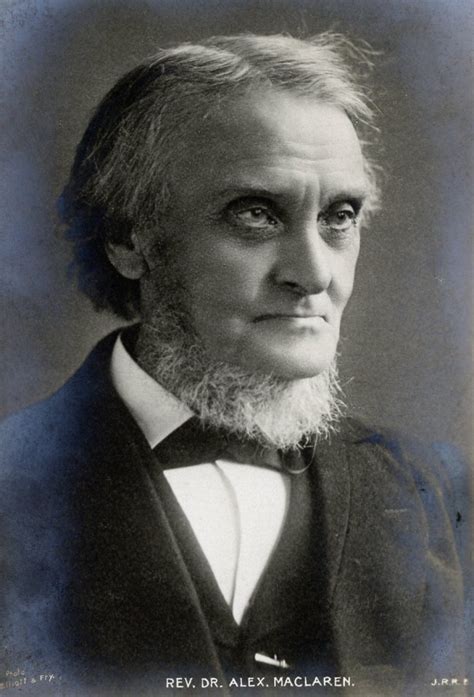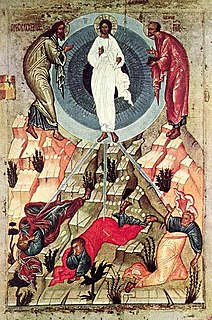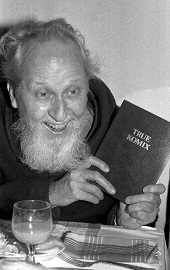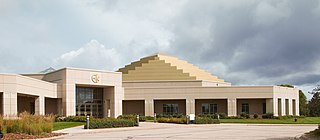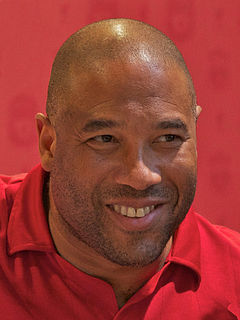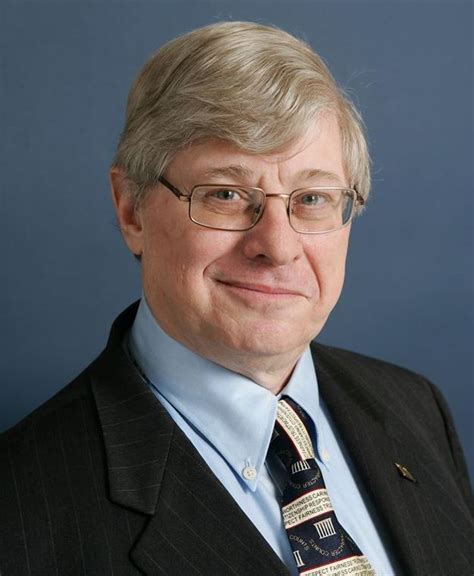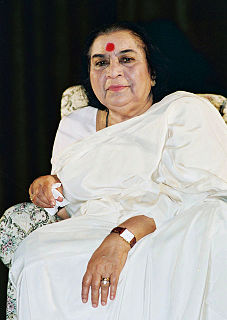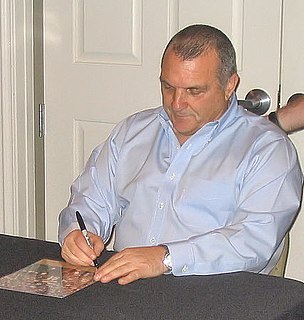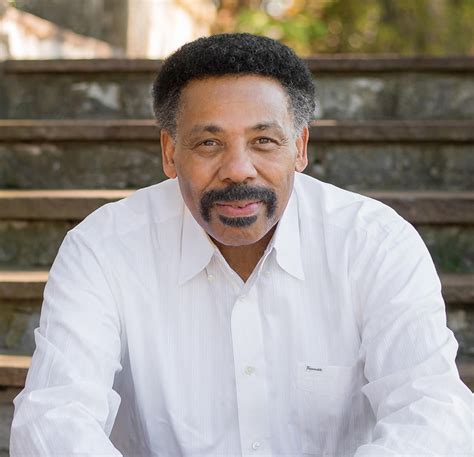Top 25 Quotes & Sayings by H. E Davey
Explore popular quotes and sayings by H. E Davey.
Last updated on April 14, 2025.
A strong life force can be seen in physical vitality, courage, competent judgment, self-mastery, sexual vigor, and the realization of each person's unique talents and purpose in life. To maintain a powerful life force, forget yourself, forget about living and dying, and bring your full attention into this moment.
Realizing that our minds control our bodies while our bodies reflect our minds amounts to understanding the most fundamental aspects of ourselves. It further equals a comprehension of the relationship between our "tools." And since the mind and body are interrelated, this understanding makes it easier to see why coordinating them is a practical way of using these tools to greatest effect-a way of using the mind and body to live our lives as art.
All creations are one with the universe. Look at the world around you. Can you effectively separate yourself from everything else? After seriously pondering this, most of us rapidly conclude that we cannot. To even make the statement that I exist as a unique entity requires comparison with something else. (If you exist as a distinct being, your distinctiveness is in comparison to other creations. No other creations, no individual you.)
Basically, if the mind stays in the present, it's impossible to worry. Upon careful consideration, it becomes clear that human beings are capable of worrying only about an event that has already transpired or one that may take place in the future (although the occurrence might have just happened or may be about to happen in the next instant). The present moment contains no time or space for worry.
No art takes places without inspiration. Every artist also needs effective knowledge of his or her tools (e.g., does a certain brush function well with a particular kind of paint?). What's more, artists need effective techniques for using those tools. Likewise, to express ourselves skillfully with maximum efficiency and minimum effort, we need to investigate the most effective ways of using the mind and body since, in the end, they are the only "tools" we truly possess in life.
Using the combined, integrated force of the mind and body is more efficient than using one without the other. Since the body can only exist in the present, that's where the mind should be too (unless we deliberately choose to contemplate the past or future). At the same time, the body needs to be healthy and in optimum operating condition so that it can respond effectively to the mind's directives.
Our past cannot be changed, and to be preoccupied with it is inefficient in time and effort. Likewise, by fretting over the future, we only exhaust ourselves, making us less able to effectively respond when the future is actually upon us. By worrying about a mishap that may or may not take place, we're forced to undergo the event twice-once when imagining it and once again if and when we actually experience it.
By keeping the mind in the present, unless you deliberately want to contemplate the past or future, it's possible to firmly face life without fear. Then, no thoughts of past failures or future problems will exist in the mind, and a truly positive mental state will result-fudoshin, the "immovable mind".
Nakamura Tempu Sensei viewed the mind as a segment of the body that could not be seen and the body as the element of the mind that was observable. He also likened the mind and body to a stream, with the mind as the source flowing down to the body. Whatever we drop in the stream will be carried down by the current. In like manner, our thoughts will influence the body and our well being.
Indian forms of yoga have spread throughout the world due to their objectives of promoting health and harmony. Japan is but one of many countries that have received these age-old teachings. While Indian yogic disciplines (Hatha yoga in particular) have become well known, not everyone realizes that certain distinctive Japanese versions of Indian spiritual paths have evolved. Perhaps the first of these unique methodologies is the art of Shin-shin-toitsu-do, which was developed by Nakamura Tempu Sensei (1876-1968). In fact, Nakamura Sensei is often considered to be the father of yoga in Japan.
While we can learn or study techniques for almost anything we might want to accomplish, real understanding is not the mere accumulation of knowledge. Understanding cannot be realized by listening or reading about the realization of others. It must be achieved firsthand via substantive, direct perception in the moment.
If we fail to realize our full potential as human beings, we live more on an animalistic level. This is fine for dogs, cats, and chimpanzees but doesn't work quite so well for women and men. Without the capacity to freely shape our own lives, much as a sculptor might carve stone, we inevitably slip into negativity and depression.
Knowledge builds on the past and has its place. Wisdom is beyond time. It's the direct perception of reality as it is. And in this direct seeing of what is lies the potential of transformation-a transformation that is not merely a redecoration of the past but a transformation of humanity that embodies the eternally new.
By means of personal experimentation and observation, we can discover certain simple and universal truths. The mind moves the body, and the body follows the mind. Logically then, negative thought patterns harm not only the mind but also the body. What we actually do builds up to affect the subconscious mind and in turn affects the conscious mind and all reactions.


